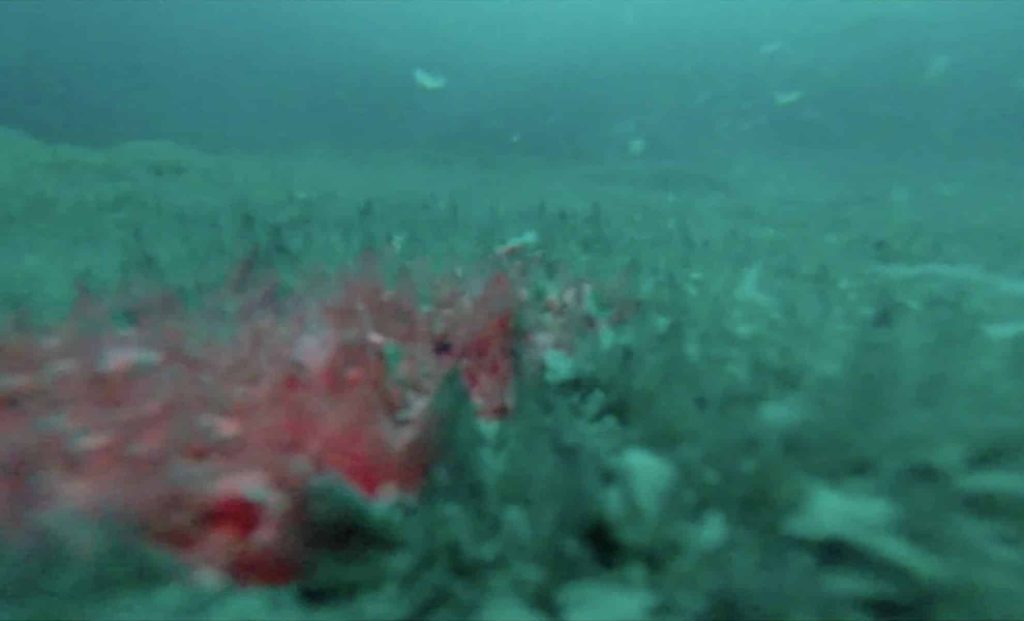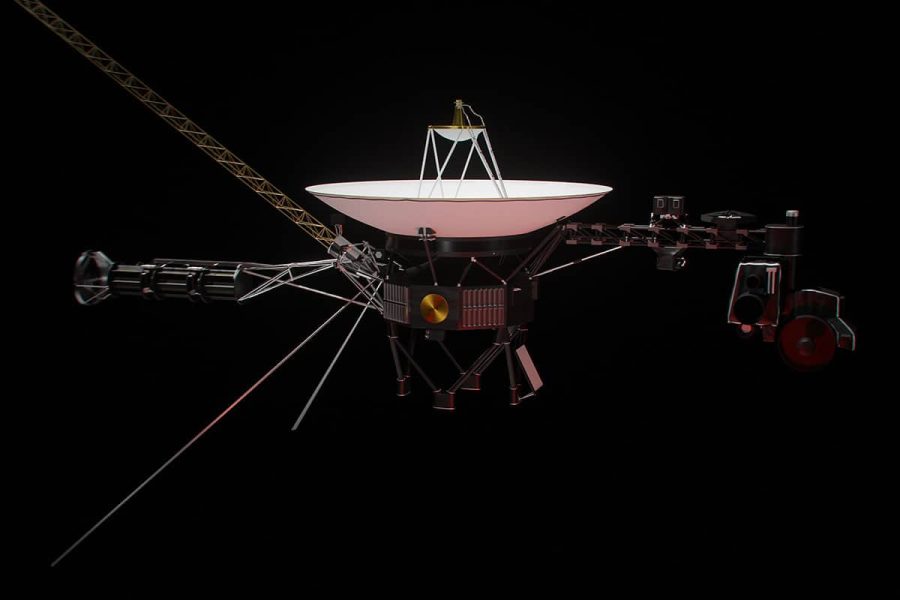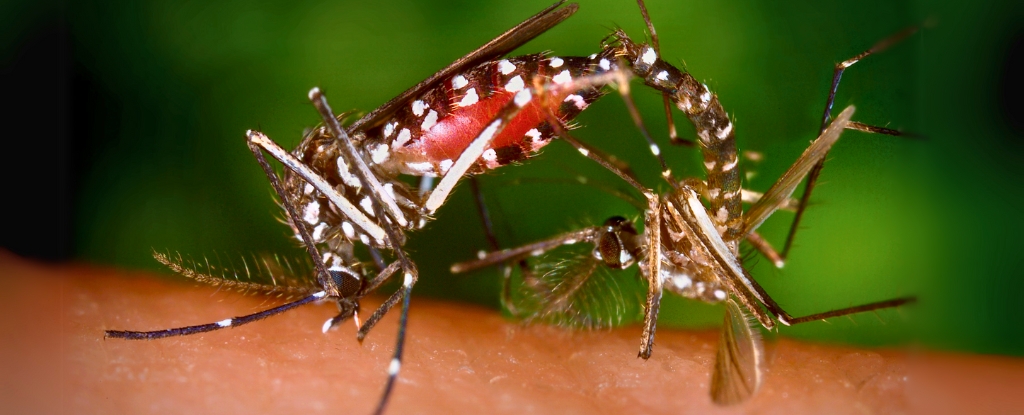Hidden Beneath Antarctica’s Frozen Lake Enigma: Something Extraordinary Lurks Under 14 Meters of Ice – The Daily Galaxy –Great Discoveries Channel

Deep beneath Antarctica’s frozen Lake Enigma, hidden under 14 meters of thick ice, scientists have uncovered something extraordinary that defies expectations. This mysterious discovery challenges long-held beliefs about where life can thrive and could hold secrets that reshape our understanding of survival in the harshest environments on Earth. What could this icy world be hiding, and how might it change our perception of life—both here and beyond?In the heart of Antarctica’s Victoria Land, hidden under 14 meters of thick ice, lies Lake Enigma, a body of water long believed to be entirely frozen. Now, scientists have discovered that this lake is home to a thriving ecosystem of microorganisms, providing a glimpse into how life can persist in some of Earth’s harshest environments. This discovery has profound implications, not only for understanding life on Earth but also for exploring the potential for life in icy extraterrestrial settings like Jupiter’s moon Europa or Saturn’s Enceladus.The findings, part of the ENIGMA project funded by the National Antarctic Research Program, reveal a world teeming with microbial life despite conditions that seem almost uninhabitable. Advanced drilling and imaging technologies allowed researchers to peer into this hidden world and uncover the secrets beneath Lake Enigma’s icy crust.First identified in 1989, Lake Enigma was thought to be completely frozen from surface to bottom. However, radar surveys conducted in 2019 and 2020 revealed something astonishing: a layer of unfrozen, stratified water beneath the ice. This liquid layer is oligotrophic, meaning it has extremely low nutrient levels, yet it supports a diverse and active microbial ecosystem.To explore this hidden environment, scientists drilled through the lake’s 14-meter-thick ice sheet and deployed underwater cameras. These tools provided detailed visuals of microbial mats—dense colonies of microorganisms that form layered biofilms in aquatic environments. Some of these mats were as large as 40 centimeters high and 60 centimeters wide, defying expectations about what could survive under such extreme conditions.One of the most remarkable aspects of the Lake Enigma ecosystem is the dominance of ultrasmall bacteria from the superphylum Patescibacteria. These microbes are known for their minimal genomes and highly specialized metabolisms, making them unique among life forms found in other Antarctic lakes.“A remarkable feature of the Lake Enigma microbial ecosystem is the presence, and sometimes even dominance, of ultrasmall bacteria belonging to the superphylum Patescibacteria,” the researchers wrote in their paper published in Nature Communications Earth & Environment.Unlike other Antarctic environments where cyanobacteria are abundant, Lake Enigma is strikingly different. “Cyanobacteria are virtually absent from Lake Enigma ice and water column although they are well represented in its extensive and diverse benthic microbial mats,” the team explained. This absence of cyanobacteria highlights the unique nature of the lake’s ecosystem, which appears to rely on entirely different biological and chemical pathways for survival.The research also uncovered a variety of symbiotic and predatory interactions among microbes, adding complexity to the food web. “Collectively, these features reveal a new complexity in Antarctic lake food webs and demonstrate that in addition to phototrophic and simple chemotrophic metabolisms, both symbiotic and predatory lifestyles may exist,” the scientists concluded.Here are some highlights of the Lake Enigma findings:The discovery of microbial life in Lake Enigma not only enhances our understanding of life on Earth but also provides a blueprint for exploring potential extraterrestrial ecosystems. Similar environments are thought to exist beneath the icy crusts of Europa and Enceladus, where subsurface oceans may host microbial life.“The findings provide a fascinating glimpse into how life persists in some of the harshest conditions on Earth,” said Stefano Urbini, project coordinator from INGV. “They also serve as a model for understanding potential extraterrestrial ecosystems in our solar system.”By studying how microorganisms adapt to Lake Enigma’s extreme conditions—limited nutrients, isolation, and freezing temperatures—scientists can better predict where and how life might exist elsewhere in the cosmos.Got a reaction? Share your thoughts in the commentsEnjoyed this article? Subscribe to our free newsletter for engaging stories, exclusive content, and the latest news.Basically nothing was shown!Life in unusual locations requires life to be there before the location became unusual. You can have all the requirements but no life if there is no lfe there from the start. Take a tin of peas, all the requirements but sterile for ever if the tin doesnt break and let life in.Comment Save my name, email, and website in this browser for the next time I comment.
© 2024 | Daily Galaxy | All rights reserved
Source: https://dailygalaxy.com/2025/01/antarctica-lake-enigma-something-lurks-ice/






